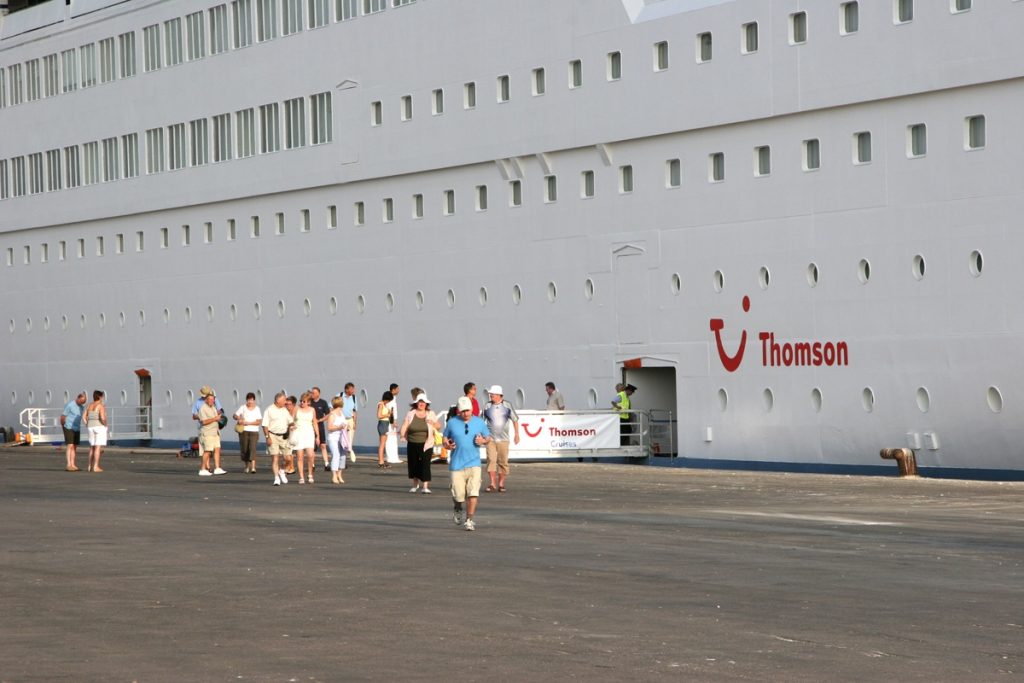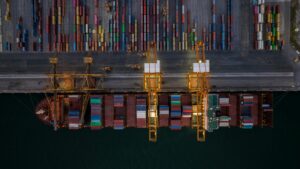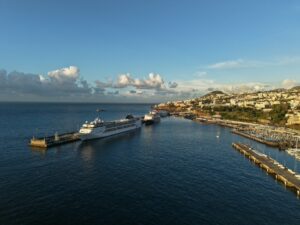The Generalitat de Catalunya, through its public-sector company Ports de la Generalitat, will next week exhibit at the cruise industry’s most important international trade show, Seatrade Cruise Shipping Miami, which runs from 16 to 19 March. Representing the ports of Palamós and Roses and their tourist destinations, the aim is to attract cruise ships to the Costa Brava.
Marketing of the two ports and their hinterland will be performed under the brand name Costa Brava Cruise Ports. Institutional cruise industry representatives will be promoting the features of these three destinations and the main tourist attractions in the area. The goals are to position the two ports and their destinations in the Western Mediterranean cruising ground, strengthen ties with cruise liners, build loyalty with companies that already visit these ports and also attract new visitors.
These actions are part of agreements signed to promote government-run cruise ports and the cultural, historic, culinary, sporting and leisure attractions that they offer to cruise passengers. The institutions committed to boosting cruise ship tourism on the Catalan coast are Ports de la Generalitat; the town councils of Palamós and Roses; the Costa Brava-Girona tourism board; and the Palamós and Girona Chambers of Commerce.
Schengen, an added value
The port of Palamós will in the summer become the first in the region to receive the status of European Union external maritime border. This will make the port more competitive, foster the arrival of passengers from non-Schengen countries and allow passengers to embark and disembark. With Schengen, Palamós will enjoy greater international presence, the Costa Brava tourism industry will be boosted and the port and surrounding area will witness economic growth.
The Schengen Agreement, which came into force in March 1995, ultimately abolished the internal borders of signatory states and reinforced the external border of the European Union. The declaration of Palamós as a border port will:
- Respond to the current demands of crew, cruise ship tourists and transfer passengers for whom Palamós is the first port of call in the European Union
- Cover all cruise ship passengers and crew from outside the Schengen area. For instance, in the 2014 season a total of 38,616 passengers called at Palamós, of which 65% were from non-Schengen countries.
- Attract more non-EU tourists who each year visit the most emblematic attractions of the Girona area
- Allow Palamós to be developed as a partial embarkation and disembarkation port for non-EU residents to enter or leave the country
As a result, the port facilities must be adapted to the requirements laid out in the Schengen Agreement. Ports de la Generalitat has already allocated 300,000 euros, included in the 2014-2017 Investment Plan, to pay for the changes needed at the cruise terminal, such as separating Schengen and non-Schengen passengers and providing a left-luggage room, amongst others. The works are expected to finish before the summer.
Click here to download the full press release.





